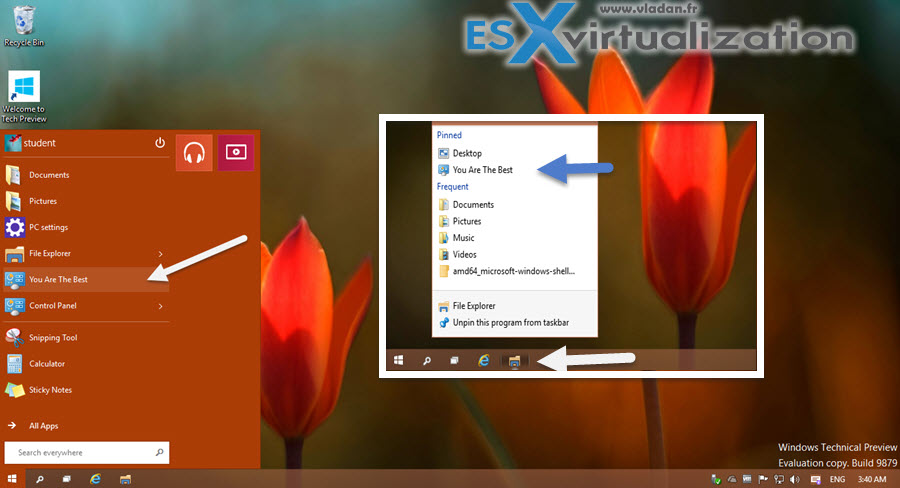

In this case, the Rician option should be activated. Without partial Fourier (non correlated noise). In the package, we use our RMAD method in order to estimate the noise variance. This filter requires the estimation of the noise variance to be fully automatic. A Rician-adapted version has been proposed in order to handle the intensity bias introduced by Rician noise. Based on a similar approach than ONLM, this filter is more efficient on very low SNR image compared to ONLM. Only the intensity bias correction will not be achieved.ĭescription: The third denoising filter proposed in the package is the Multi-resolution Optimized Nonlocal Means (ONLM). However, by using Gaussian noise model (i.e., non-activation of Rician option) good results can be obtained. Finally, for GRAPPA reconstruction no adapted methods are proposed in this package.

As ONLM, AONLM can be use for ASL or fMRI (3D images separated) using Gaussian model. In practice, AONLM will be more robust than ONLM face of partial Fourier. This filter obtained good results in many clinical setups especially on SENSE without partial Fourier. SENSE reconstruction (SENSE results in Rican noise, GRAPPA results in non-central Chi noise) The AONLM is included in VBM8 (SPM toolbox). This is obtained at the expense of longer computational time. By using integrated noise estimation, this filter is fully automatic and quiet robust. This filter has been designed for spatially varying noise typically presents in parallel imaging. In case of SENSE or GRAPPA acquisition, we suggest to use AONLM.ĭescription: The second denoising filter proposed in the package is the Adaptive Optimized Nonlocal Means (AONLM).

In case of zero-padding in k-space or partial Fourier acquisition, the noise variance case be under-estimated, we suggest to use increase smoothing parameter or to use AONLM which may be more robust to correlated noise. For ASL or fMRI (separated 3D images), the option Rician should be non-activated since the difference of two Rician distributions tends to a Gaussian one. This filter obtained good results in other clinical setups. Without partial Fourier (non correlated noise) Utilization: This filter is theoretically dedicated to MRI acquired with
Super denoising for windows software#
The ONLM filter is included in several software such as MedINRIA and Minctool. A Rician-adapted version (ORNLM) has been proposed in to handle the intensity bias introduced by Rician noise. The impact of this filter on segmentation or cortical surface extraction has been investigated (see here for details). This filter is currently the state-of-the-art for 3D MRI denoising and has been well-validated. Selecting a region changes the language and/or content on : The first denoising filter proposed in the package is the Optimized Nonlocal Means (ONLM).
Super denoising for windows iso#
A common problem in photography is the appearance of distracting digital noise in your photos, which is usually caused by low light or a high ISO setting on your camera.


 0 kommentar(er)
0 kommentar(er)
